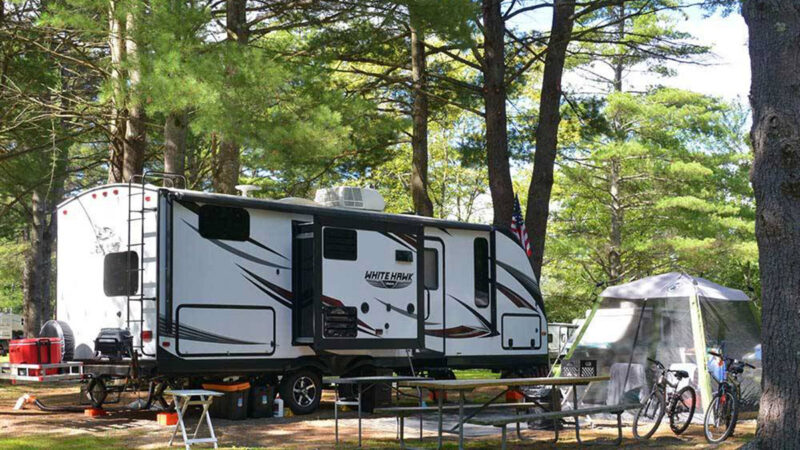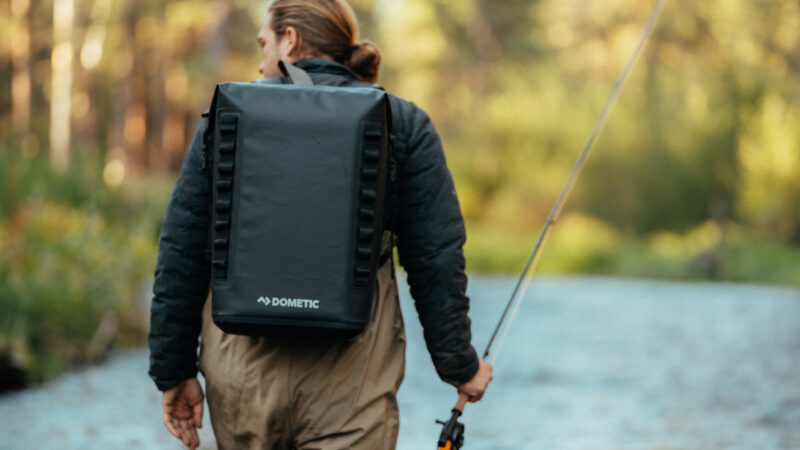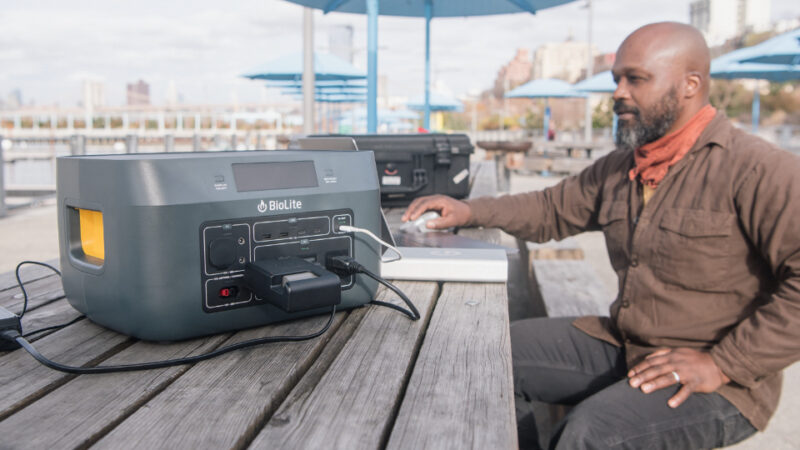8 National Parks You Absolutely Can’t Visit in an RV
America’s national parks are some of the most popular destinations for RVers in the entire country, drawing millions of visitors annually. With their stunning landscapes, amazing wildlife, and fantastic campsites, the national parks never fail to leave a lasting impression. Places like Yellowstone, Yosemite, and the Grand Canyon are iconic and belong on every traveler’s “must-visit” list.
But not all of the national parks are as accessible as others. In fact, some can’t be reached by RV at all. To visit these places, you’ll need to leave your rig behind and take an alternate means of transportation. If you do, you’ll embark on a completely different kind of adventure, and the payoffs will be enormous.
Here are eight national parks that you absolutely can’t visit in an RV:
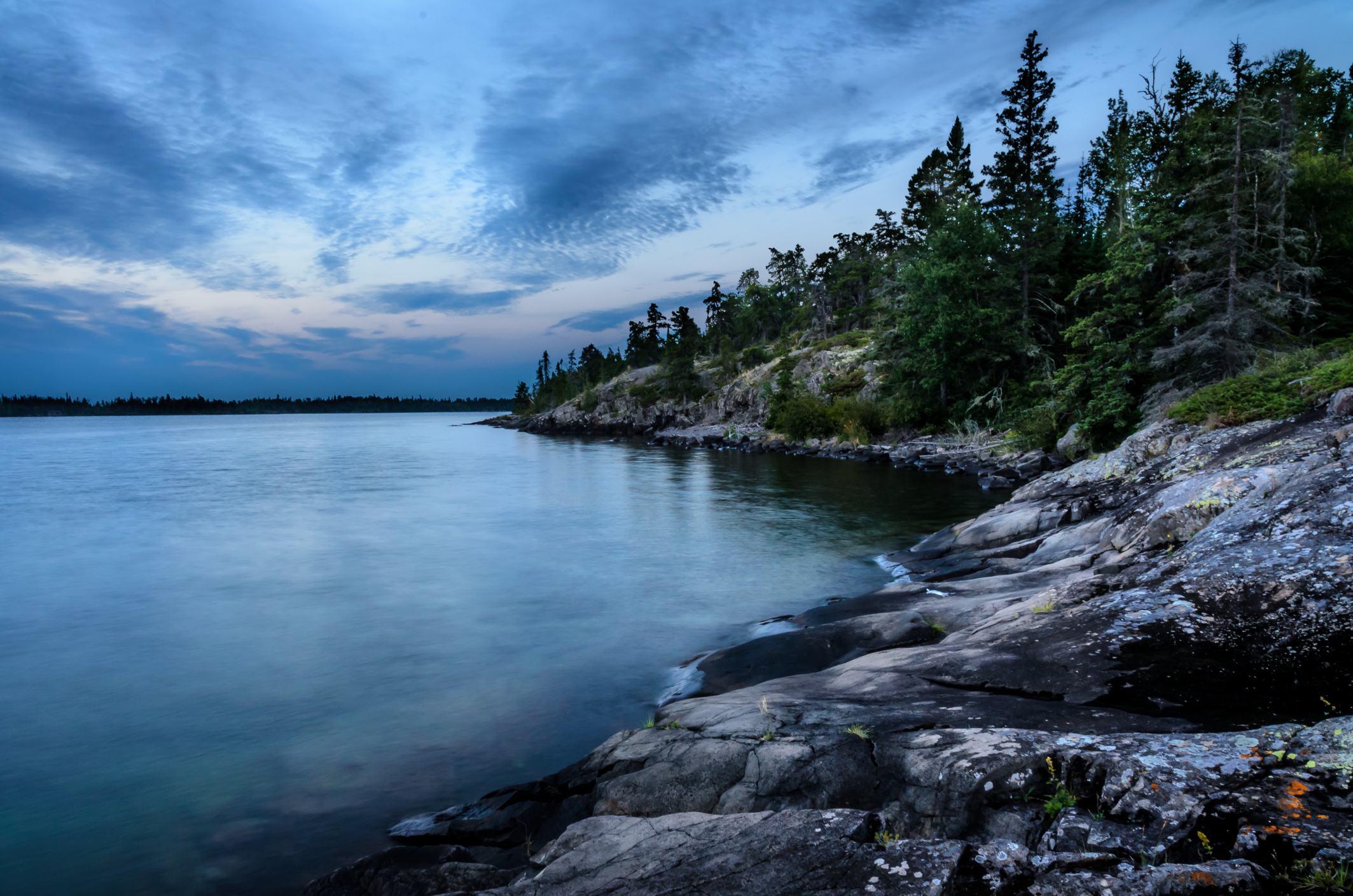
Photo Credit: Posnov/Getty
Isle Royale National Park (Michigan/Minnesota)
Surrounded by the waters of Lake Superior and located off the coasts of Michigan and Minnesota, Isle Royale is a remote and isolated wilderness. The island offers excellent hiking, camping, backpacking, and kayaking. It also features ten shipwrecks, making it a popular destination for scuba divers.
To get to Isle Royale, visitors must travel either by seaplane or boat. The National Park Service operates a ferry service from Houghton and Copper Harbor, Michigan, and Grand Portage or Grand Marais in Minnesota.
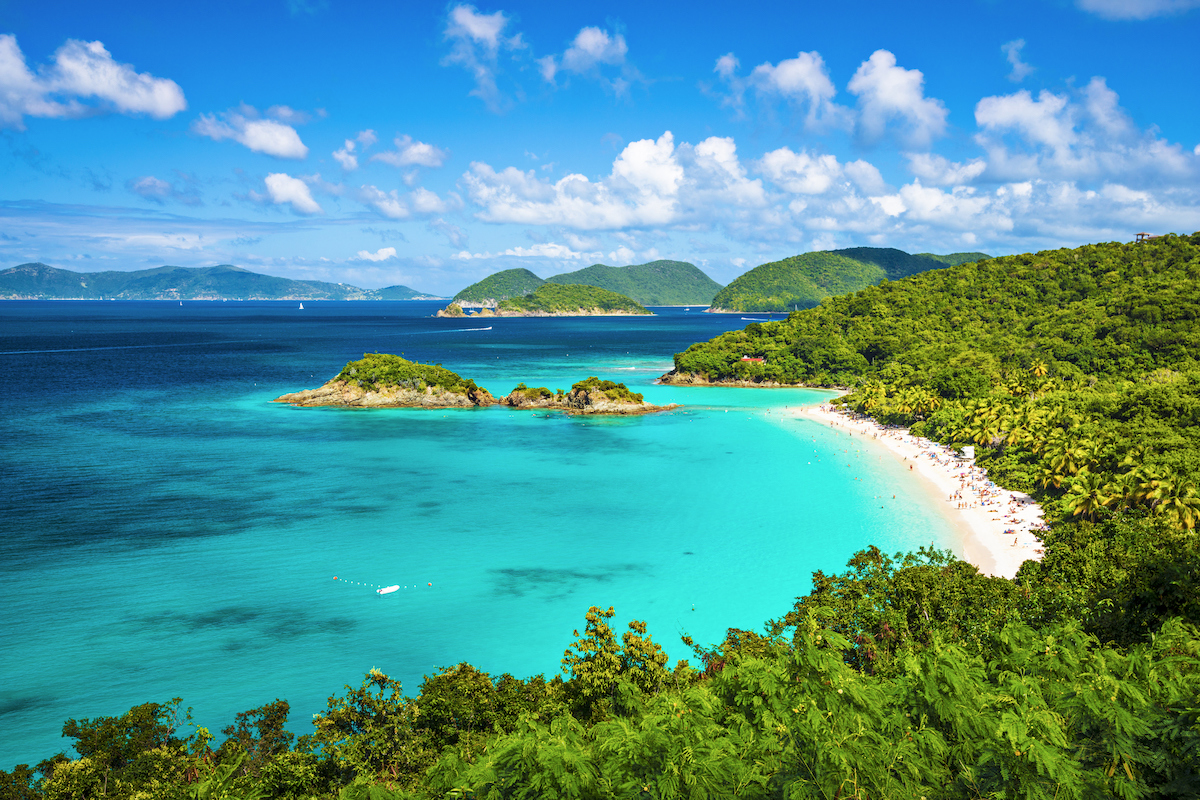
Photo Credit: SeanPavonePhoto/Getty
Virgin Islands National Park (US Virgin Islands)
Many people don’t realize that two-thirds of the island of St. John in the US Virgin Islands is actually a national park. The place is known for its beautiful white sand beaches and fantastic coral reefs, but it also holds significant historical importance. Visitors to the park will discover the remains of early sugar plantations, which helped open the door for European expansion to North America while kickstarting the slave trade from Africa to the Caribbean. However, the island has a rich history that goes well beyond that, with indigenous people living there for over 3000 years.
If you want to visit the Virgin Islands National Park yourself, you’ll need to fly to the Caribbean or travel by boat. Either way, you won’t be disappointed.
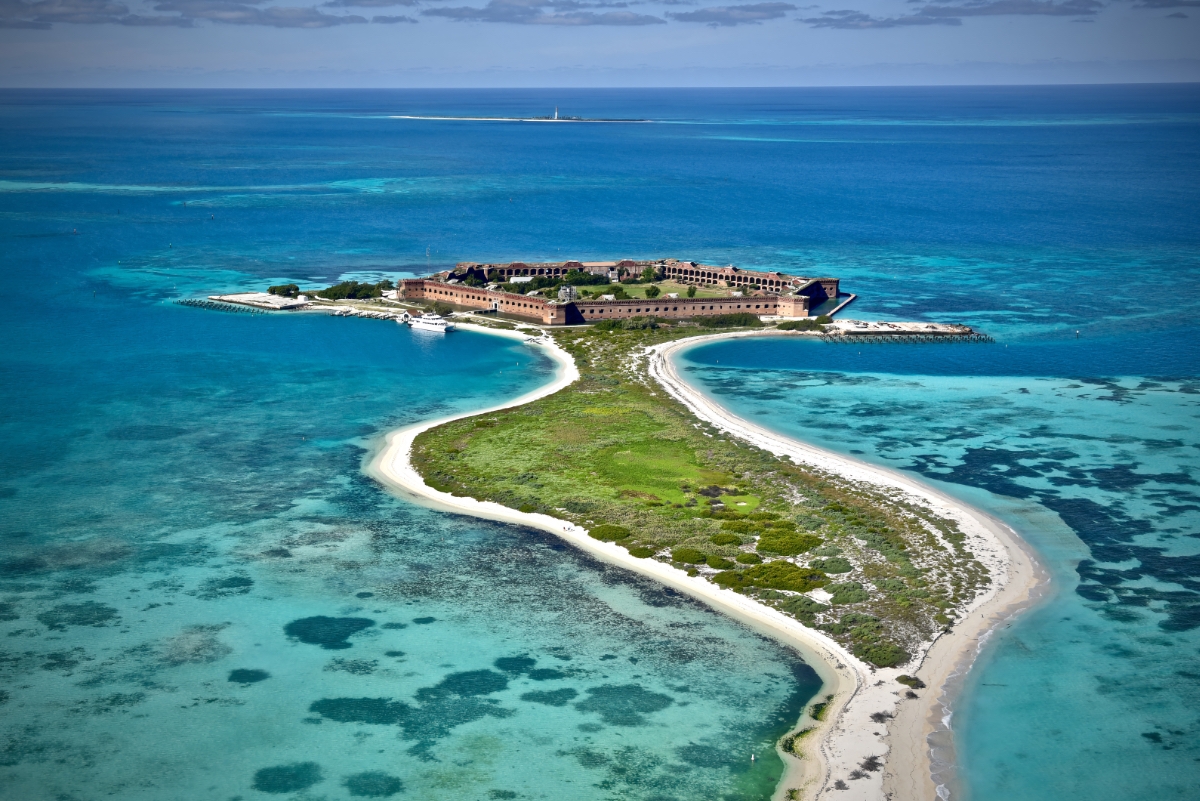
Photo Credit: Jeffrey K Collins/Getty
Dry Tortugas National Park (Florida)
Located 70 miles off the coast of Florida, Dry Tortugas National Park is one of the country’s most unique and memorable places. It is home to Fort Jefferson, a 19th-century sea fort that played a vital role in protecting US trade routes in the Gulf of Mexico. During the Civil War, the Union used the fortress to maintain a blockade against the South and as a prison for deserters. Now, it is a historical landmark of a bygone era and an impressive display of engineering.
Travel to the Dry Tortugas is limited to boats and seaplanes. Visitors can come in their personal watercraft or catch a ferry out of Key West, Florida. Alternatively, a company called Seaplane Adventures charters flights on a daily basis.
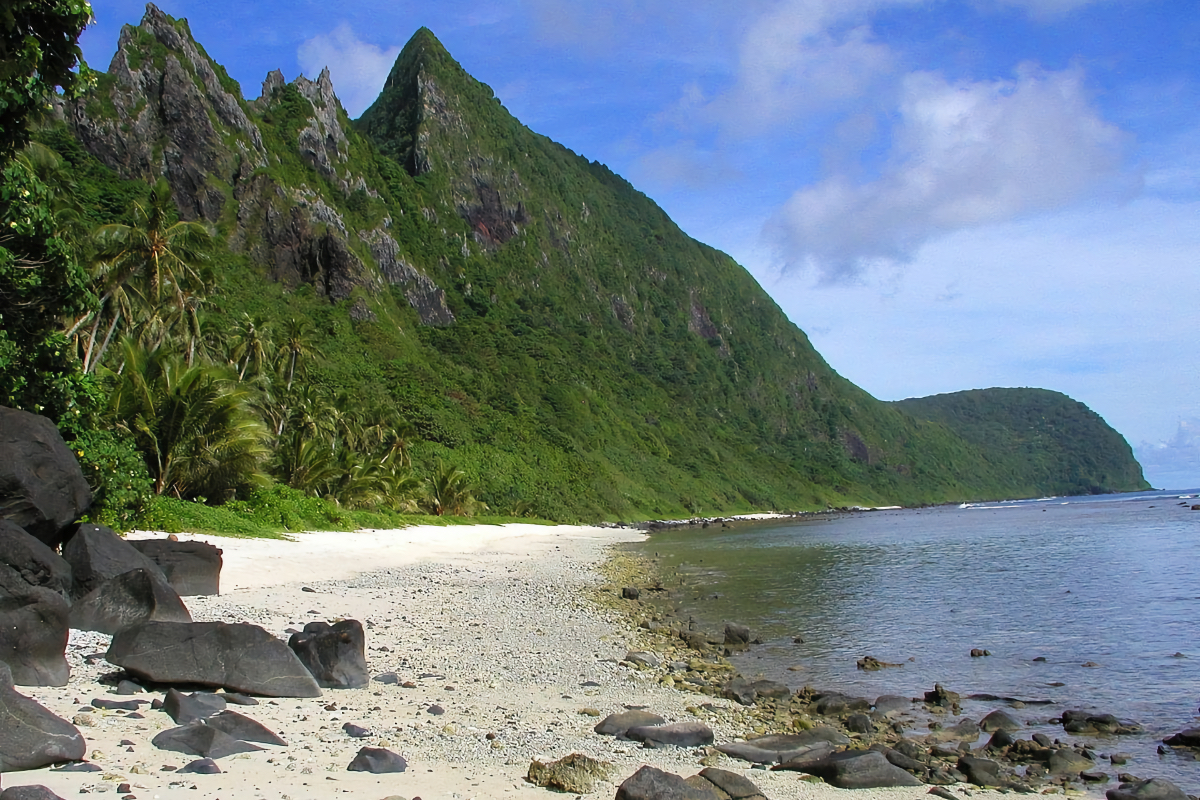
Photo Credit: National Park Service
National Park of American Samoa (American Samoa)
American Samoa is a US territory made up of seven islands located in the South Pacific. Three of those islands—Tutuila, Ofu, and Ta’u—are designated as a national park that protects the coral reefs, wildlife, and tropical rainforests found there. Those islands are also culturally significant to the Samoan people, who have occupied the region for thousands of years.
Reaching the National Park of American Samoa is an adventure in and of itself, requiring a flight aboard Hawaiian Airlines to Pago Pago International Airport on Tutuila. Once there, visitors can take small planes and boats to reach other islands or travel using public transportation.
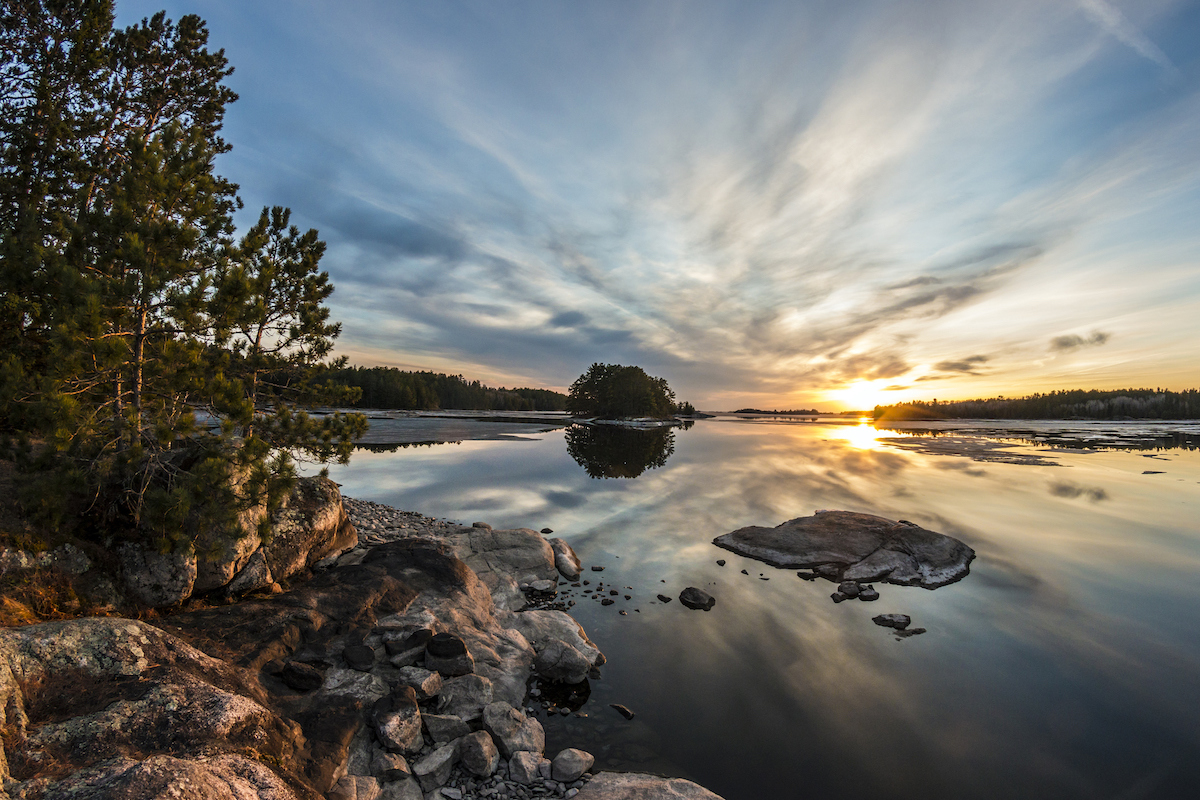
Photo Credit: BlueBarronPhoto/Getty
Voyageurs National Park (Minnesota)
Minnesota’s Voyageurs National Park is a wilderness destination unlike any other. The landscapes found there feature towering rock formations, sprawling forests, and a network of interconnected streams and lakes that seems to go on forever. The vast majority of the park’s 218,055 access is only accessible on foot or by canoe and kayak, making it a destination that inspires a sense of outdoor adventure and exploration.
If you want to experience everything that Voyageurs has to offer, you’ll need to leave your RV behind. While it is possible to drive to the park, the only area that is accessible by vehicle is the visitor center and its parking lot. You’ll need to hike and paddle to reach the backcountry, with the payoff being one of the wildest and most remote destinations in the lower 48 states.
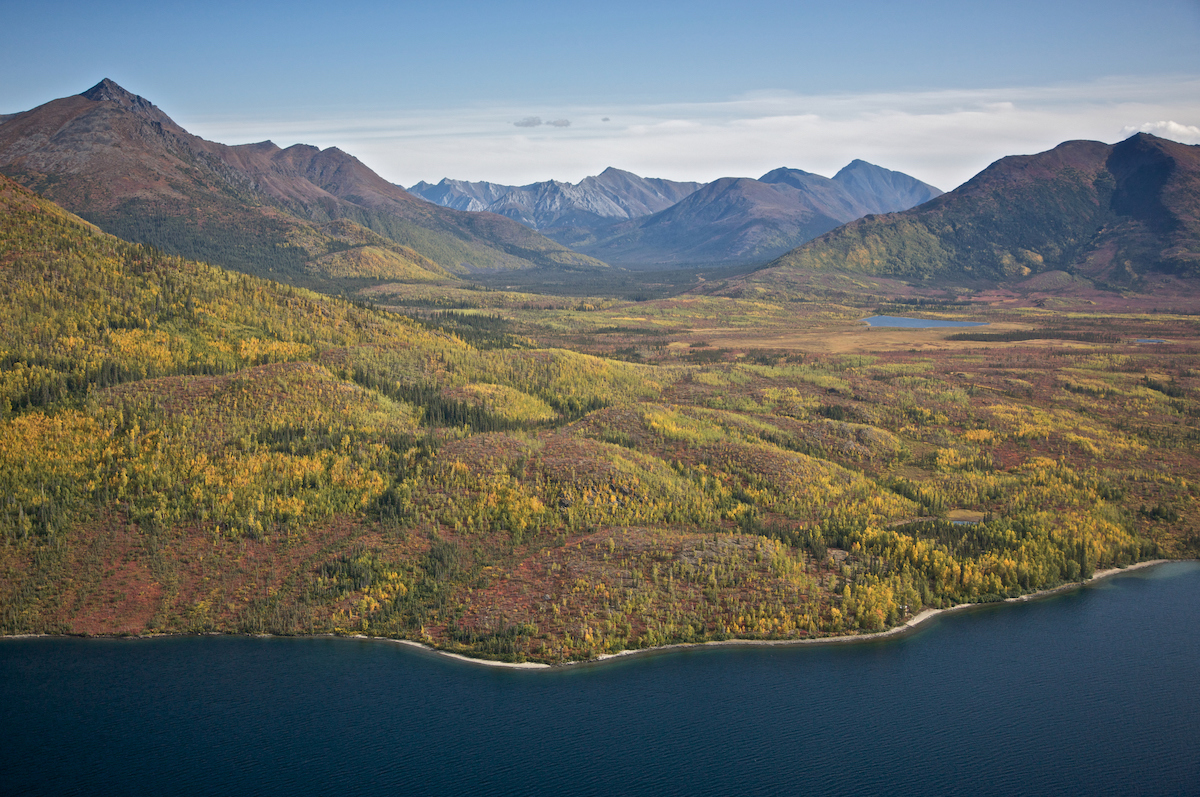
Photo Credit: joshanon/Getty
Gates of the Arctic National Park & Preserve (Alaska)
Gates of the Arctic holds the distinction of being the least visited national park in the US. That’s due in part to its remote location in northern Alaska, above the Arctic Circle. There are no roads, trails, or infrastructure of any kind here. Instead, adventurous visitors find an ecosystem that is virtually untouched by man. Glacially-carved valleys and jagged mountain tops make for a dramatic backdrop as massive herds of caribou migrate through the region. This is a true wilderness and not a place that is especially accommodating to inexperienced travelers. But those who do make the trip return home with stories to last a lifetime.
The only way in or out of the Gates of the Arctic is by floatplane. Most visitors charter a flight and guide, although some require just transportation in and out of the park. The place is inaccessible during the winter, but in the summer, it is open to anyone looking for a grand adventure far from the trappings of modern life.
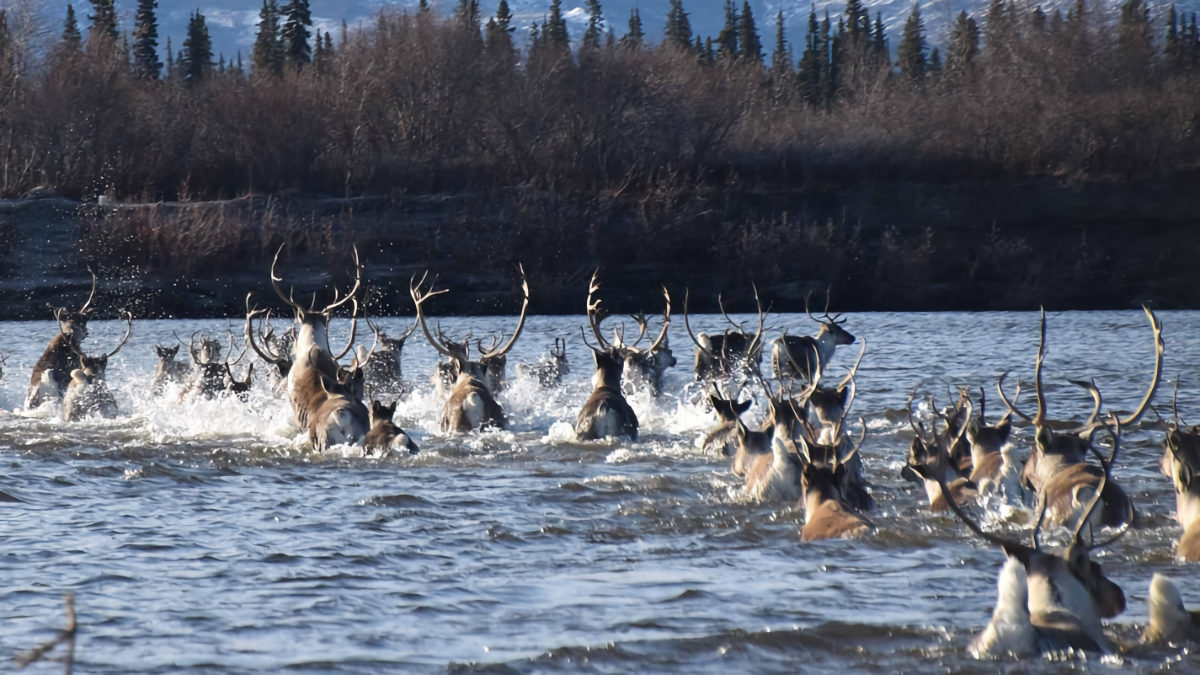
Photo Credit: National Park Service
Kobuk Valley National Park (Alaska)
Like the Gates of the Arctic, Kobuk Valley National Park is only accessible by plane. The park covers more than 1.75 million acres of breathtaking scenery in northwestern Alaska, where there are no roads or other signs of civilization for hundreds of miles in any direction. Once there, visitors will discover two awe-inspiring sights, not the least of which is the more than 500,000 caribou that migrate through the valley on an annual basis. It is also home to the largest active sand dunes in the Arctic, something that seems incredibly out of place in this northern wilderness.
Visitors to Kobuk Valley will first need to travel to Alaska, where they can catch a flight to the town of Kotzebue or Bettles. From there, they can charter an air taxi to a smaller village located close to the park. After that, they are on their own in the vast wilderness.
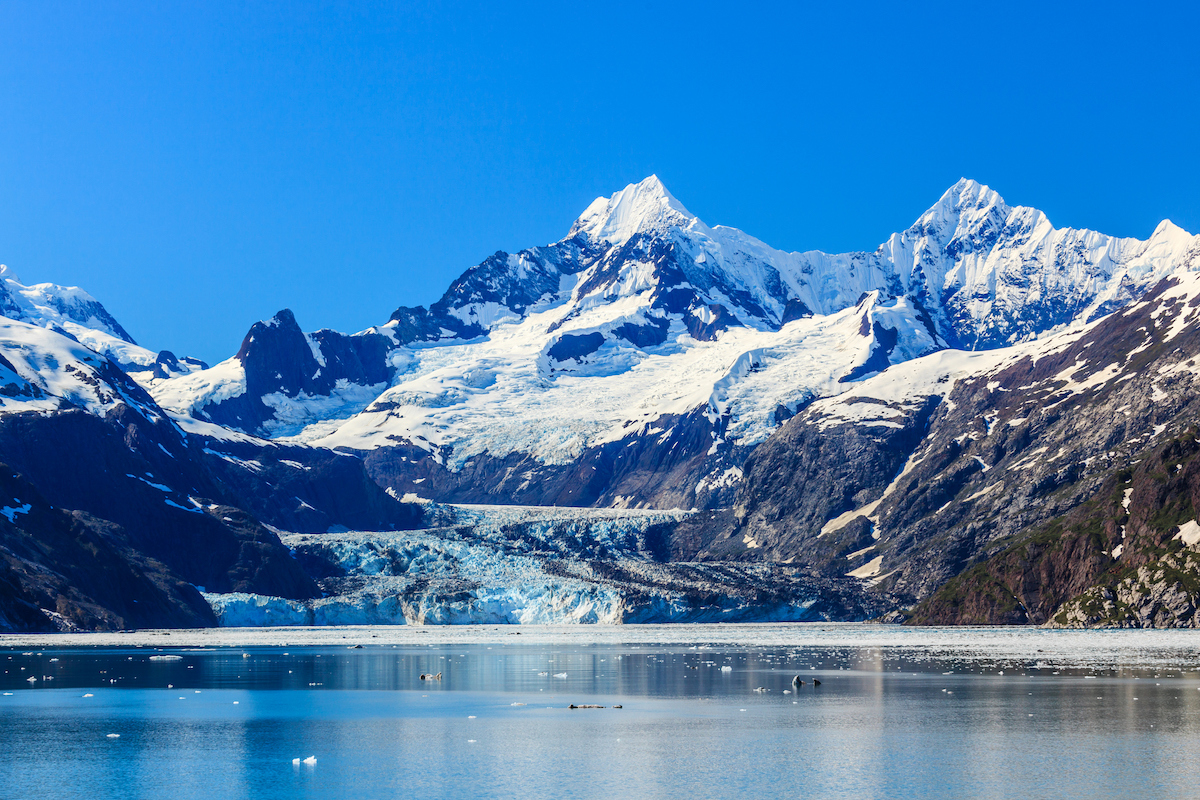
Photo Credit: SCStock/Getty
Glacier Bay National Park & Preserve (Alaska)
Covering more than 3.3 million acres, Glacier Bay National Park is home to giant tidewater glaciers, towering snowcapped peaks, jagged coastlines, and dense rainforests. It is a place of stunning beauty and incredible scope that can humble visitors with its immense size and scale. Found on Alaska’s Inside Passage, the park is home to a dizzying array of wildlife, including moose, bears, wolves, whales, sea otters, and bald eagles. Needless to say, any visit to Glacier Bay will be a memorable one.
Glacier Bay is yet another Alaskan national park that is only accessible by boat or plane. But unlike Gates of the Arctic or Kobuk Valley, getting there can be relatively easy. A number of cruise ship companies operate in the area, shuttling visitors in and out of the park, and making stops at some of the more famous tidewater glaciers. If you choose this option, go with a small cruise ship operator such as Uncruise Adventures. These ships provide much better access to the park than the larger cruise liners and often make stops for day hikes, kayaking excursions, and zodiac tours.
There you have it, eight amazing national parks that you simply can’t visit in an RV. While we love camping in our motorhomes and travel trailers while exploring the parks, sometimes you need to leave those vehicles behind and embark on a different kind of adventure. Hopefully, this list will give you some ideas on how to do just that.
The post 8 National Parks You Absolutely Can’t Visit in an RV appeared first on RV.com.

